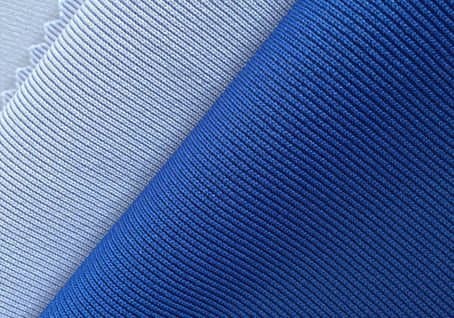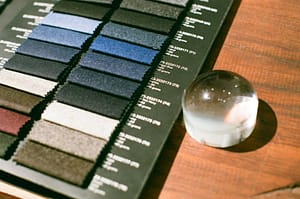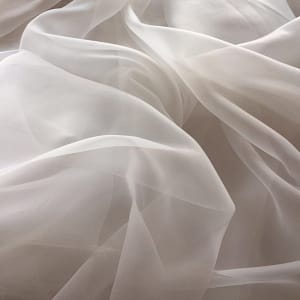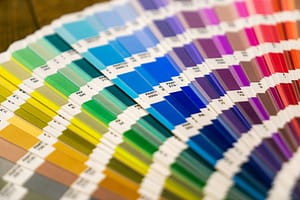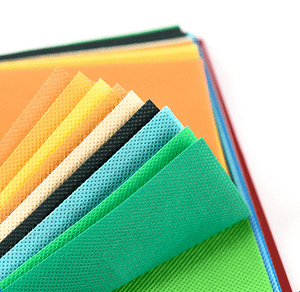Origins of Ribbed Fabrics
Ribbed fabrics have a rich history that traces back to early textile production. Originally, ribbed patterns were achieved through hand-weaving techniques, with examples found in ancient civilizations like Egypt and China. Over time, these fabrics evolved as weaving and knitting technologies advanced, allowing for more refined and consistent ribbed structures. By the 19th century, ribbed fabrics like corduroy gained popularity in Europe, particularly for workwear and casual clothing. Today, ribbed fabrics are produced through a variety of techniques, both by hand and machine, and continue to be an integral part of the textile industry.
What Are Ribbed Fabrics?
Ribbed fabrics are characterized by their textured surface, which features alternating raised and recessed patterns, often in parallel lines. These ribs can be created through various knitting or weaving techniques, giving the fabric a unique look and feel. The most common forms of ribbed fabrics include rib knits, where the texture is formed through alternating knit and purl stitches, and woven ribbed fabrics, where the ribs are formed by the weave structure.
Ribbed fabrics can vary in thickness and depth of the ribs, influencing their elasticity, appearance, and texture. They are commonly made from materials such as cotton, polyester, and wool, but can also be found in blends that enhance their properties, like spandex for added stretch.
Characteristics of Ribbed Fabrics
Ribbed fabrics are recognized for their unique texture and versatile qualities. Here are the key features that make them stand out:
- Texture and Visual Appeal: Ribbed fabrics have alternating raised and recessed lines, creating a distinctive texture. The pattern can range from fine, subtle ribs to bold, wide ones, offering a variety of visual effects depending on the application.
- Stretchability: The alternating knit and purl stitches or the interlaced threads in ribbed fabrics allow for significant stretch. This flexibility makes ribbed fabrics ideal for garments that require a snug, form-fitting shape.
- Durability: Ribbed fabrics are generally durable due to their construction. The raised ribs help reduce wear and tear, making them a good option for long-lasting clothing and upholstery that withstand frequent use.
- Breathability and Comfort: Despite their texture, ribbed fabrics often maintain good breathability, ensuring comfort in both warm and cool conditions. The air circulation through the ribs allows for better temperature regulation.
- Insulating Properties: The raised texture of ribbed fabrics, especially in thicker varieties, helps trap air, providing insulation. This makes them a great choice for colder weather clothing, adding warmth without excessive weight.
These characteristics make ribbed fabrics a popular choice for fashion and functional applications, offering both style and practicality.
Types of Ribbed Fabrics
Ribbed fabrics come in various forms, each offering unique characteristics suited for different applications. The two main categories are ribbed knits and woven ribbed fabrics, each created through distinct methods but both featuring raised patterns that give them their signature texture. Below are the primary types of ribbed fabrics:

Ribbed Knits: These fabrics are made using a knitting technique that alternates between knit and purl stitches, forming raised lines that run vertically. Ribbed knits are known for their stretch and flexibility, making them ideal for garments that require a form-fitting shape or movement. They are commonly used in t-shirts, sweaters, and leggings.

Corduroy: A type of woven ribbed fabric, corduroy features vertical ribs formed during the weaving process. The ribs are typically spaced wider apart and are often cut, giving the fabric a velvety texture. Corduroy is durable, warm, and commonly used in pants, jackets, and upholstery.
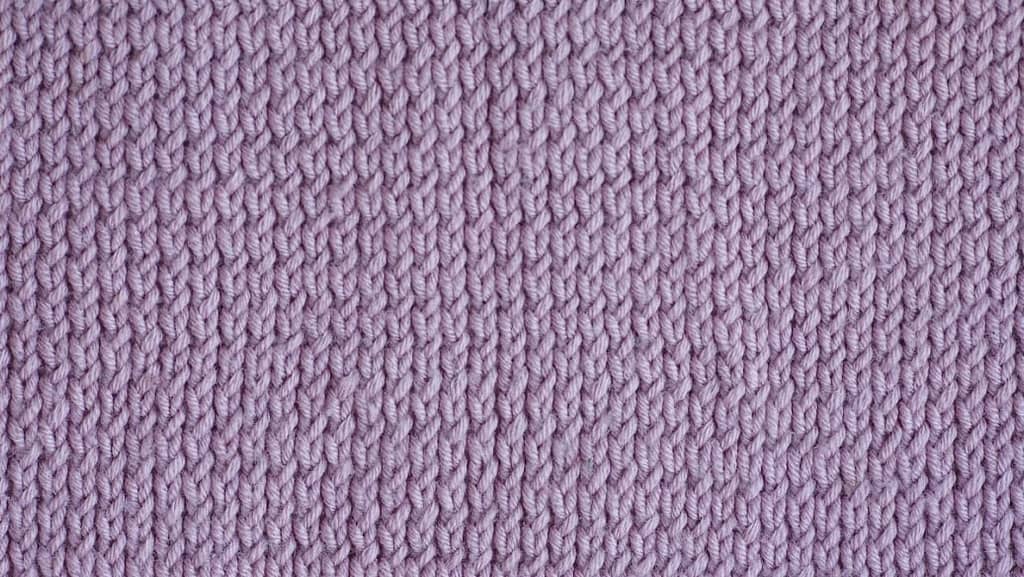
Jersey Rib: This is a variant of ribbed knit fabric, usually featuring a 1×1 or 2×2 rib pattern. It is soft, stretchy, and comfortable, making it perfect for form-fitting garments like dresses or fitted tops.

Fine Rib: Fine ribbed fabrics feature smaller, closer-spaced ribs. This type is often used in lightweight garments and is appreciated for its soft texture and subtle elasticity.

Wide Rib: Wide ribs are more pronounced and have larger spaces between them. This type of ribbed fabric is commonly used for outerwear and casual wear, offering a bold aesthetic and extra warmth.
Each type of ribbed fabric brings different qualities to a garment, from comfort and stretch to texture and style.
Production Process of Ribbed Fabrics
The production of ribbed fabrics involves several key stages, from the selection of fibers to the final finishing touches. The method used to create the ribs can vary depending on whether the fabric is knitted or woven. Below is a breakdown of the typical production process:
| Step | Description |
|---|---|
| Material Selection | Choose fibers based on desired characteristics (e.g., cotton, polyester, wool, spandex blends). |
| Yarn Preparation | Fibers are spun into yarns, which may be dyed before or after spinning, depending on fabric design. |
| Knitting (for Rib Knits) | Ribbed texture is created by alternating knit and purl stitches on a knitting machine (e.g., 1×1 or 2×2 rib patterns). |
| Weaving (for Woven Ribbed Fabrics) | Vertical (warp) and horizontal (weft) yarns are interlaced. Specific yarns are raised during weaving to form ribs, creating patterns like corduroy. |
| Finishing | Fabric undergoes various finishing processes such as washing, setting the texture, or adding stretch to enhance performance and appearance. |
| Quality Control | Inspection for consistent ribbed pattern, texture, and fabric strength. Defects are corrected before final production. |
| Cutting and Sewing | The fabric is cut into desired shapes and sewn into garments or other products, utilizing the ribbed texture for its stretch or aesthetic appeal. |
This structured process ensures that ribbed fabrics meet the required quality, texture, and functionality, whether they are used in fashion or home textiles.
Advantages of Ribbed Fabrics
Ribbed fabrics offer numerous benefits, making them a popular choice for many applications:
- Comfort and Fit: Their stretchability ensures a snug, form-fitting feel, perfect for activewear and casual wear.
- Versatility in Styling: The textured design works well in both casual and formal garments, adding visual interest to various styles.
- Durability: Ribbed fabrics, particularly woven types, are long-lasting and resistant to wear, making them ideal for high-use items.
- Breathability: Ribbed fabrics allow air circulation, keeping the wearer comfortable in varying temperatures.
- Easy Care: These fabrics are low-maintenance, resisting wrinkles and holding up well after repeated washing.
This combination of qualities makes ribbed fabrics both practical and stylish for a wide range of uses.
Uses of Ribbed Fabrics
Ribbed fabrics are highly versatile and are used in a variety of applications across fashion and home textiles:
- Apparel: Ribbed fabrics are widely used in garments like t-shirts, sweaters, dresses, and leggings due to their stretch, comfort, and flattering fit. They are also common in activewear and sportswear, where flexibility is key.
- Outerwear: Woven ribbed fabrics like corduroy are used in jackets, coats, and pants, providing both durability and warmth.
- Home Textiles: Ribbed fabrics are also found in home décor items like cushions, upholstery, and bedding, where their texture adds interest and comfort.
- Accessories: Ribbed fabrics are used in scarves, hats, and socks, offering both aesthetic appeal and practical benefits like warmth and stretch.
The adaptability of ribbed fabrics makes them a staple in both everyday clothing and specialized textile products.
Care and Maintenance
Proper care helps ribbed fabrics maintain their appearance and durability. Here are a few tips for keeping them in good condition:
- Washing: Ribbed fabrics, especially knit varieties, should be washed in cold water to prevent stretching or shrinking. It’s best to use a gentle cycle to preserve the texture.
- Drying: Air drying is recommended for ribbed fabrics to maintain their shape. If using a dryer, a low heat setting is preferred to prevent damage.
- Ironing: Ribbed fabrics typically don’t require much ironing due to their texture, but if needed, a low-temperature setting should be used. Avoid direct contact with the fabric to preserve the raised ribs.
- Storage: Store ribbed garments properly by hanging them or folding them neatly to avoid stretching out of shape. For corduroy and other woven ribbed fabrics, avoid storing them in damp areas to prevent mildew.
With these simple care tips, ribbed fabrics can maintain their appearance and functionality for a long time.
Future in Ribbed Fabrics
Ribbed fabrics are evolving with key trends:
- Sustainable Materials: Eco-friendly fibers like organic cotton and recycled polyester are gaining traction in ribbed fabric production.
- Smart Textiles: Innovations like moisture-wicking and temperature-regulating fabrics are making ribbed textiles more functional.
- Bold Patterns and Colors: Designers are experimenting with vibrant colors and complex patterns to enhance the fabric’s texture.
- Blended Fabrics: New fabric blends, combining materials like spandex or silk, will offer increased elasticity and softness.
These trends highlight ribbed fabrics’ adaptability and growing appeal in modern fashion.
Conclusion
Ribbed fabrics stand out for their versatility, comfort, and durability. Whether used in casual wear, outerwear, or home textiles, the distinct texture and stretch of ribbed fabrics provide both style and function. As they continue to evolve with sustainable practices, technological innovations, and bold designs, ribbed fabrics remain a timeless and adaptable choice for a wide range of applications.

